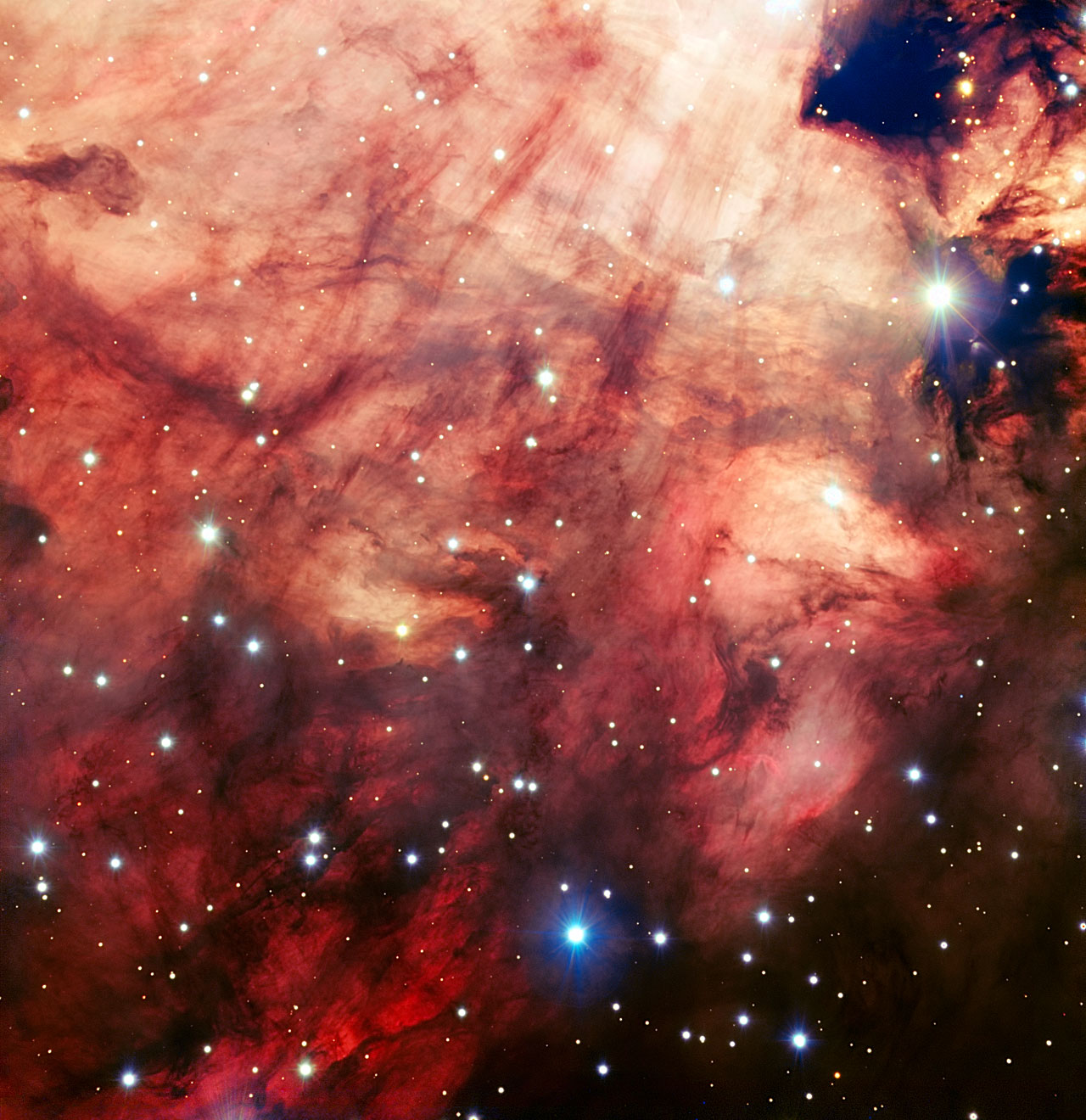HII regions are named HII because they contain vast amounts of ionized hydrogen (I'm to lazy to talk about what that is so go google it or ask Connor). These form from molecular clouds (also known as stellar nurseries, isn't that just so cute?). Molecular clouds are actually pretty stable and tend to stick around for awhile, until the universe (quite literally) conspires against them, causing gravitational collapse from shock waves from super novae and fragmentation within the cloud. By gravitational collapse I mean in specific regions. This causes the gas to swirl around, creating even more gravity before eventually becoming a swirling mass of hot gas known as a protostar, which eventually becomes an actual star. The stars formed in HII regions drive away the rest of the gas with radiation pressure. Only 10% of the gas gets used to make stars. HII regions last about one or two million years.
Planetary nebulae form from stars like our sun and those not massive enough to supernova. When these stars die, instead of perishing in dramatic explosions, they expand slowly outward turning into red giants and eventually become faint clouds of gas and dust known as planetary nebula. Eventually, these nebulae expand further and become invisible, leaving behind only a small white dwarf star. Planetary nebula are actually really important because they contain heavier elements like nitrogen, carbon and oxygen. It's elements like these that help make life.
These nebulae form after the melodramatic deaths of supermassive stars. It expands with the shock wave of the explosion.

These nefarious nebulae are dense clouds of dust that are dark because they block out any light that is behind them. They are all unique, some taking the shape of a horse head, others taking amorphous or serpentine forms.
So anyways, yeah nebulae are pretty cool. If anyone actually is reading this blog, leave a comment below suggesting a space related topic you'd like to me to do a post on.



No comments:
Post a Comment